Contents
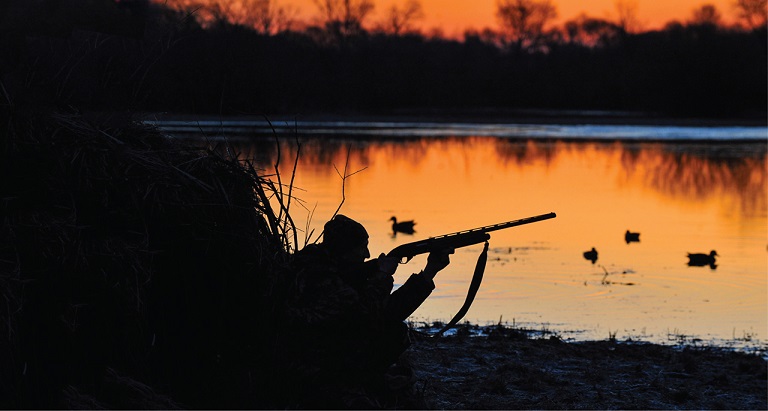
If you’ve been out on a hunt once, you’ve seen it all. There is a series of coordinated actions designed to ensure a successful catch. But if you’ve been hunting for quite some time, you probably want to try something new, like night hunting.
Hunting at night presents a set of challenges that are quite different than doing so during the day. For one, like any hunting trip, it is also paramount to uphold high standards of safety to avoid anyone on the team getting hurt. However, the difference is that there’s reduced visibility at night which can make it hard to distinguish between a target and your teammates.
Luckily, with some experience, planning and the proper set of gadgets, you and your team can stay safe while hunting at night. Here are some of the most important steps to ensure safety.
Use the Right Flashlights
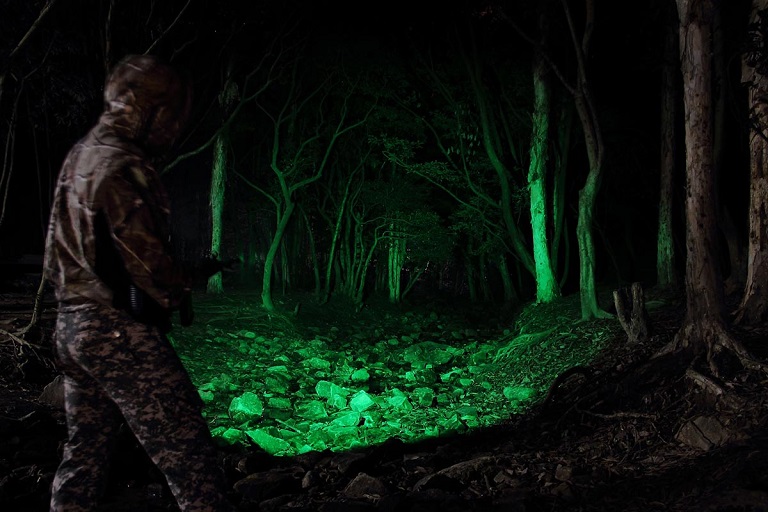
It cannot be overstated – light is your primary safety tool in the dark. So, before you decide to catch game animals in the dark, get a good night light hunting set. Obviously, the first thing that comes to mind are LED hunting lights of the flood or searchlight variety. They are capable of emitting intense output (up to 25 000 lumens) and have long run times.
Then there are all those piercing lights that aim at reaching great distances with their beam and that can be mounted on a tactical weapon. Besides ensuring that you get to clearly identify your target, these kinds of lights also help confuse the game to ensure a successful hit.
On the other hand, there are many lights that are needed for more than freezing your game in its tracks when you shine the torch to the max output. For instance, using red light does a great job to preserve your night vision. You can use it to shine some light in your close proximity and that will improve the safety of your team.
Sometimes game animals do not give up until they are exhausted. Blue light can serve to reveal blood traces in the dark, so if you need to chase your game, this will be quite handy.
If you hunt in a group, which is highly likely, you can establish a signalling system with the help of your flashlights. For example, it is common to mark a target by moving the light beam up and down. You don’t want to alert the game, but you want to alert your fellow hunters only.
The overall safety of the team will be high if you clearly indicate the stages during your hunting actions with light. Showing your peers that your rifle is ready to engage so everyone can stay put goes to great lengths in keeping them safe.
Last but not least, look for a torch that can be mounted on a tactical weapon. Having a free hand is a sort of luxury when hunting and preferable in terms of safety.
Practice Handling Ordnance at Night
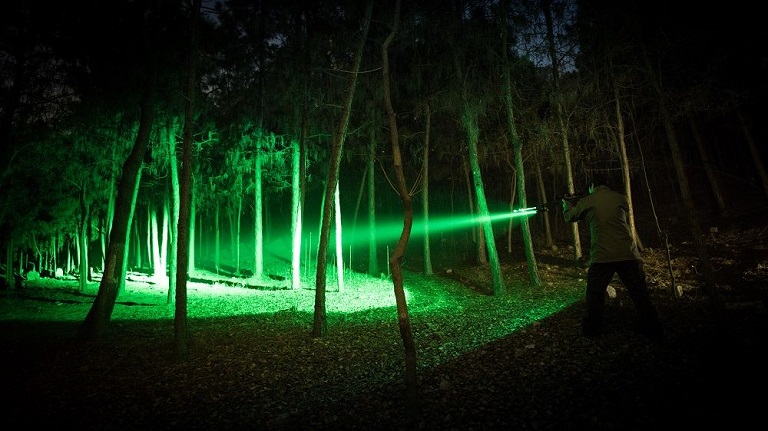
Needless to say, improper handling of a firearm can jeopardize yours and the safety of others. To increase the safety during night hunting you need to learn how to become one with the rifle, like it is an extension of your body, an instrument if you will.
There are two hurdles to get past: the low visibility and the disruption of your body’s circadian rhythm. With dedication and the right mindset, you can prime your body to conquer them both. First, get to know your weapon inside out. Practice breaking it apart with your eyes closed (shut them with a bandana or go to a pitch-black room). You can use mock munition – don’t hurt yourself while learning the ins and outs of your weapon.
I have to admit – the second issue is tricky. Breaking the sleeping pattern affects both the brain and body. You can work on maintaining a strong will power but that might not be enough. It is just how your body is wired. Secretion of melatonin depends on natural cycles that affect your physiology. To counter this, set an alarm clock and get used to handling your weapon at early hours of the day, again in pitch black.
Learn to Identify Targets at Night
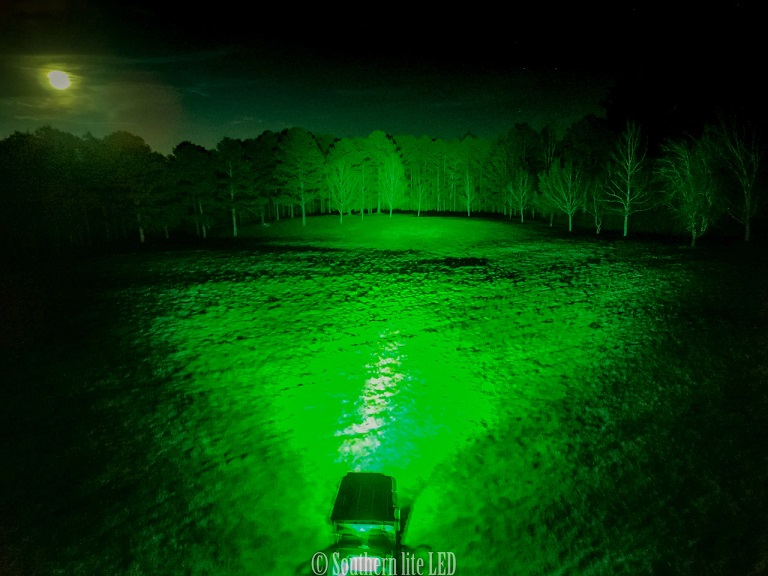
Safety starts with preparation. Before going on a night hunt check the hunting regulations (if any) in the area. Study the area with care to avoid intrusion into someone’s farm or property. And this doesn’t apply only to permanent dwellings. Night light hunting includes the risk of running into a temporary camping ground as well as other sorts of outdoor enthusiast, like yourself. Look out for signs of other people being present to prevent tragic accidents.
Not every pair of eyes you will see out there is game animal, so put an effort to note the differences. And for god’s sake don’t be one of those trigger happy blokes that shoot at everything that moves. Do you want to shoot a cow during a night hunt? Or a mule? Use your high beam distance torch to distinguish between a stray cat and something you would like to bring home.
Experience Is the Currency of Masters
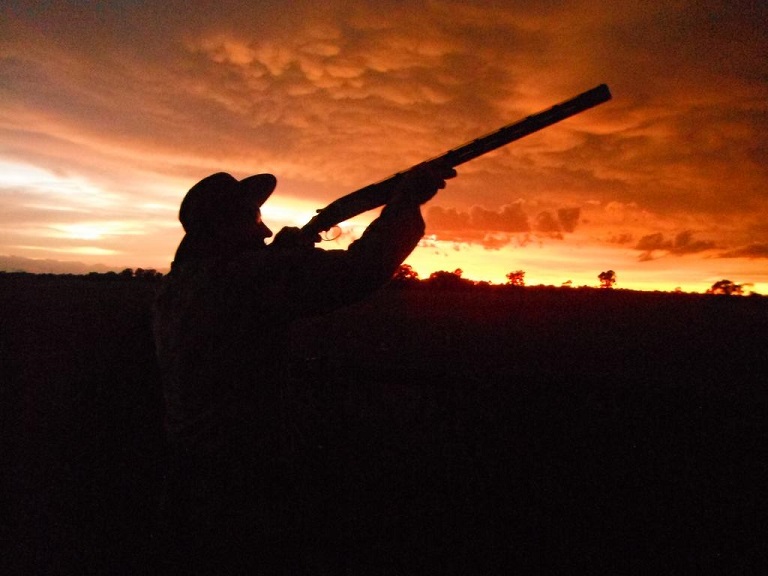
As with any other more or less sophisticated trade out there, you simply need to go through numerous trials before you can become a master. You need to get exposed to various hunting scenarios to be able to discern on your own what is the best course of action to be taken next.
If you are convinced night hunting is a straight forward activity, think again. A lot of experience is needed before it becomes that easy. Hunting requires a smooth and fast decision-making process because timing is everything. And nothing disrupts timing like lack of decisiveness.
All in all, before you try your hand at night hunting, make sure you already have substantial experience in hunting during the day.

